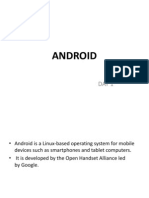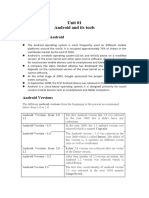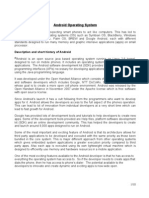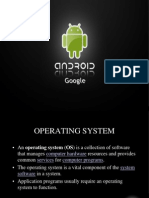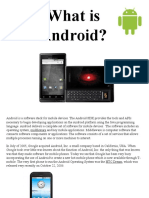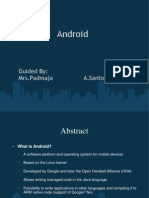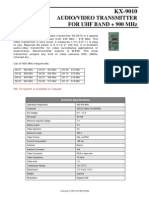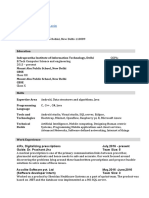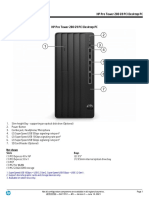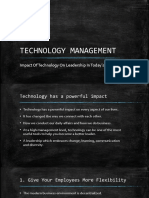0% found this document useful (0 votes)
19 views29 pagesAndroid OS
Android is a Linux-based operating system primarily designed for mobile devices, developed by a consortium known as the Open Handset Alliance. It supports a wide range of applications and features, including wireless communication, and has become the dominant mobile OS with over 2.7 million apps available. Despite its advantages, Android faces limitations such as security issues and higher battery consumption compared to other mobile operating systems.
Uploaded by
vedikadurai607Copyright
© © All Rights Reserved
We take content rights seriously. If you suspect this is your content, claim it here.
Available Formats
Download as PPTX, PDF, TXT or read online on Scribd
0% found this document useful (0 votes)
19 views29 pagesAndroid OS
Android is a Linux-based operating system primarily designed for mobile devices, developed by a consortium known as the Open Handset Alliance. It supports a wide range of applications and features, including wireless communication, and has become the dominant mobile OS with over 2.7 million apps available. Despite its advantages, Android faces limitations such as security issues and higher battery consumption compared to other mobile operating systems.
Uploaded by
vedikadurai607Copyright
© © All Rights Reserved
We take content rights seriously. If you suspect this is your content, claim it here.
Available Formats
Download as PPTX, PDF, TXT or read online on Scribd
/ 29




